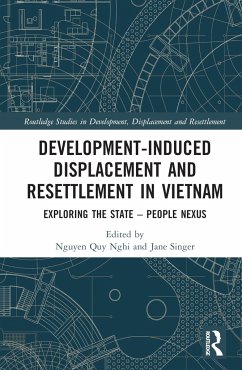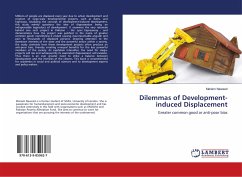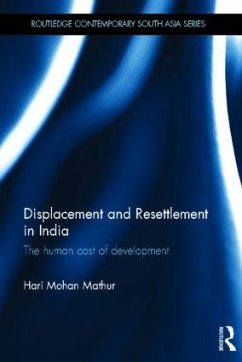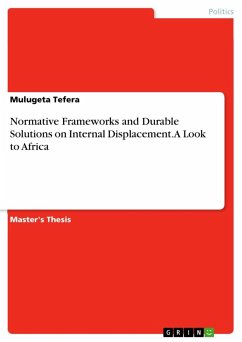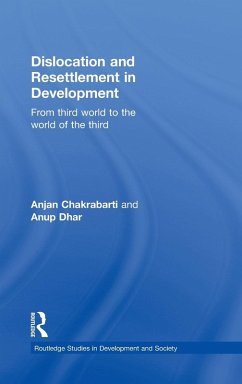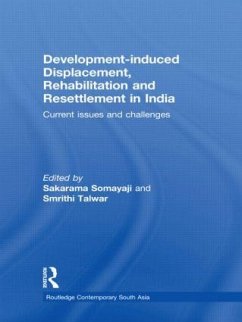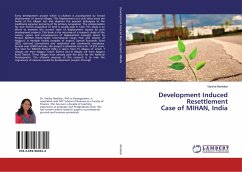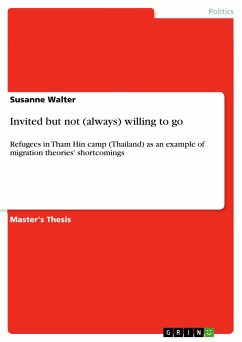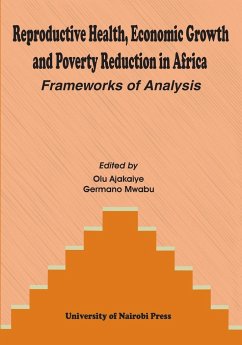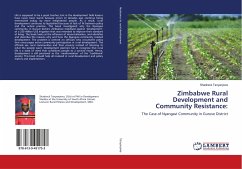
Country Frameworks for Development Displacement and Resettlement
Reducing Risk, Building Resilience
Herausgeber: Price, Susanna; Singer, Jane
Versandkostenfrei!
Versandfertig in 1-2 Wochen
168,99 €
inkl. MwSt.

PAYBACK Punkte
84 °P sammeln!
The problem of escalating population displacement demands global attention and country co-ordination. This book investigates the particular issue of development-induced displacement, whereby land is seized or restricted by the state for the purposes of development projects.



